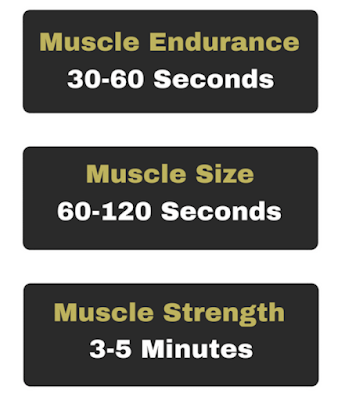Stand-up Paddle Boarding (SUP) is a fun activity that almost anyone can learn, and it is one of the best workouts available! Stand-up Paddle Boarding is low impact and provides a combination of balance, core, strength, and endurance. Since you are standing you have to use everything from your feet (wow do you use your feet!) all the way up through your entire shoulder girdle. Because you are standing your arms never have to go above shoulder height which means that there is much less stress on the rotator cuff muscles than kayaking. You use your shoulders heavily but your shoulders are stressed in the position where they are naturally most stable and strong so much better than kayaking for those with shoulder and neck issues!
Just standing on a Paddle Board forces you to stabilize your entire body and core, and it is one of the best activities available to develop balance. Best of all if you do fall you land in the water and getting back on the board is very easy!
SUP Technique Breakdown
Learning to SUP is easy but mastering the stroke and maximizing your speed takes a lot of practice. The first thing to focus on is NOT pulling the water! Instead you want to plant the blade in the water and pull yourself and the board up to the paddle blade. Imagine that you are stabbing the paddle firmly into soft sand then pulling yourself and the board up to the paddle. If you can clearly visualize the difference here it will go a long way to getting your stroke where it needs to be for optimum speed. Think about grabbing the water NOT pulling the water by you!
Reach
Once you get a little feel for it start looking at how far you are reaching forward to put your paddle in the water. You want to reach as far as possible each time you stroke, BUT there is a limit based on your particular anatomy, shoulder strength and balance. If you reach too far you can overstress your low back, shoulder or just be off balance which is counter-productive.
Catch
This is where the blade of the paddle enters the water. Make sure the entire blade enters the water before you begin to pull. The catch should be as smooth and clean as possible with no splashing.
Pull
Now you are ready to apply power to the paddle. Use your entire body for this part of the stroke. It is NOT about using your arms. Rather your arms merely connect you to the paddle through your hands and you use the rotation of your torso, hips, and shoulders to drive your paddle! Try to relax your arms as much as possible to perfect this technique. Do not pull too far back as this will actually slow you down. Once the paddle passes your hips if you keep pull you are actually pulling the paddle up meaning you are pulling the paddle board down and this only slows you down.
Release
After the pull you need to release the paddle from the water. Like the catch you want this movement to be quick, smooth, and with zero splashing. Feathering the blade of the paddle creates a smooth release and set-up for the next catch. You feather by dropping your top shoulder, “breaking your wrist inward”, or a combination of both.
Recovery
Once you release the paddle you are ready to set-up for the next catch and pull. Try to relax during this phase – the key to optimum paddle technique is learning to set a rhythm between tension and relaxation and ultimately getting your breathing into a rhythm with the stroke. The first time you feel this come together it is amazing – really zen! So stay relaxed and let go of the tension you produced in the catch and pull and smoothly swing the paddle forward to prepare to drive the blade fully into the water for the next pull!
How many calories can you burn Paddle Boarding?
Obviously your actual calorie burn will depend on the intensity of effort you are putting into paddling along with your height, weight, and the wind and water conditions you are paddling in. However here are some estimates based on people weighing between 165 and 200lbs :
Casual Paddle Boarding – 300 – 430 calories per hour
Yoga on Paddle Board – 416 – 540 calories per hour
Touring on a Paddle Board – 615 – 708 calories per hour
Surfing on a Paddle Board – 623 – 735 calories per hour
Racing a Paddle Board – 715 – 1,125 calories per hour
So if you have not taken the plunge yet – google “Stand-up Paddle Board Rental” and find a rental location and give it a whirl. Rentals including paddle, board, and lifejacket are generally $25 - $35 per hour so get out there and give it a go!








